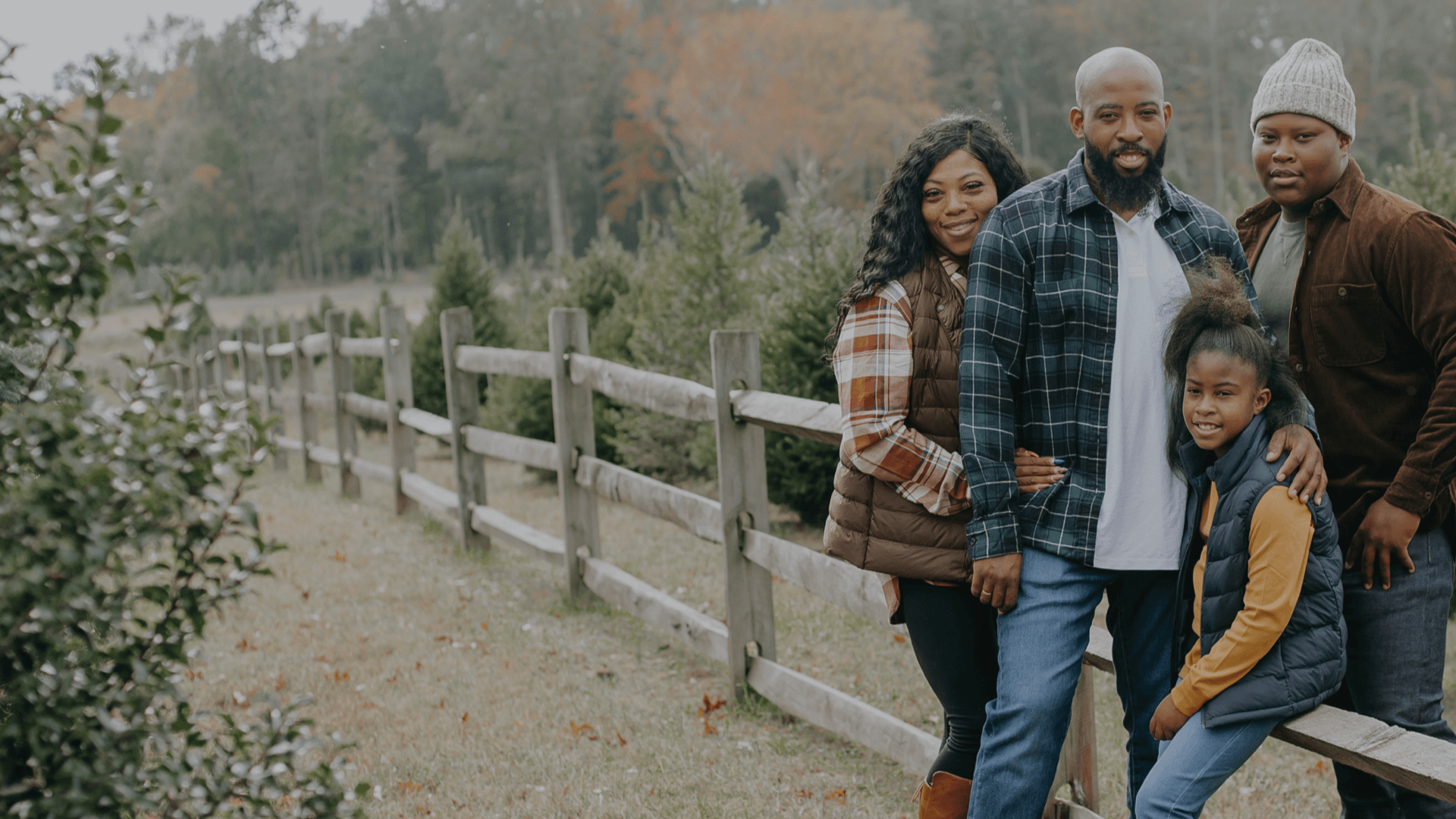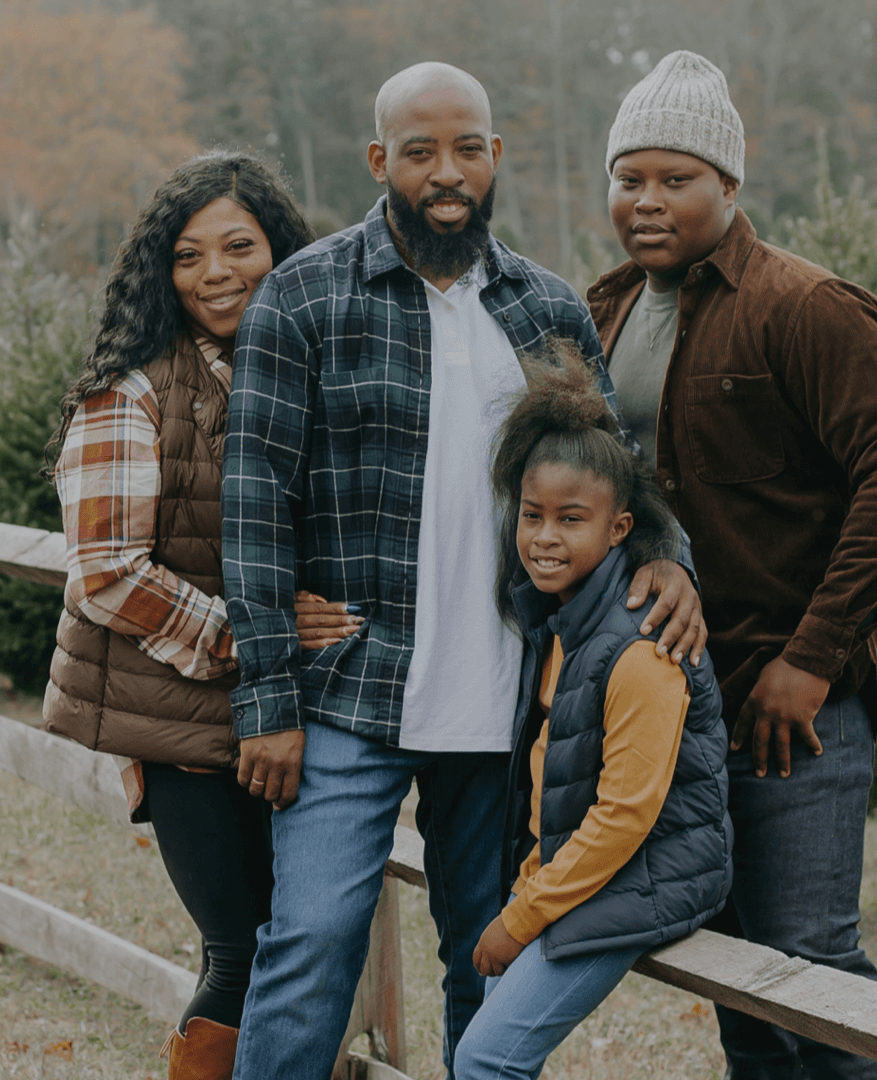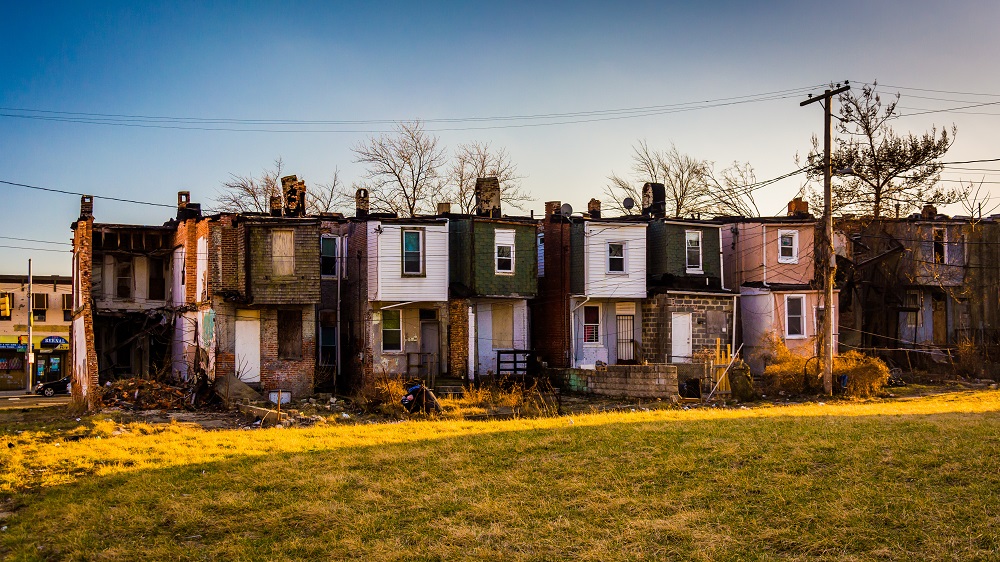Earlier this year, Senators Ben Cardin (D-MD) and Rob Portman (R-OH) re-introduced the Neighborhood Homes Investment Act to Congress.
This bill would allow private investors to get tax credits for revitalizing neighborhoods that have fallen into disrepair. The focus would be on fixing up empty buildings that would cost more to rebuild than they would sell for, and turning them into single family homes.
The hope is that these revitalized neighborhoods would create cheaper housing for new homeowners and bring new residents into these areas, thereby bringing up the housing value for all.
Here we've compiled a list of questions to help you better understand how the NHIA would work and its benefits.
Wait. What? Can you explain?
There are a lot of once-thriving communities across the United States that are now struggling. For whatever reason, people have moved away from these areas leaving behind homes that are in desperate need of repair.
Most of the time the repairs for these homes would cost more than the house itself. And this makes it hard to attract new residents. Nobody wants to spend more money fixing a home than it cost to purchase it...and many people don't want to move into areas that are full of empty houses.
The issue is compounded by the fact that there are not many affordable starter homes for new families.
So, the NHIA would offer a tax credit to private investors who would rebuild and rehabilitate these homes, which would attract first-time, low-income and minority homeowners.
What kind of housing would this be?
All housing under this bill would be single-family housing.
What's the goal?
The goal is to make homeownership more accessible to everyone and also close the wealth gap.
It's estimated that 25,000 homes will be built or rehabilitated under each $1 billion that gets invested in this bill. The reconstruction efforts would also create thousands of jobs in the construction industry.
The tax credit will help increase property values and family wealth for the homeowners, as well as creating more options for shelter. Families will be able to own their own homes; no more absentee landlords needed.
Where can I view the bill?
The bill can be viewed here.
More information about the NHIA can be viewed here.
When was it introduced to Congress?
It was introduced to Congress in January.
Has it been introduced to the House of Representatives?
Yes, in March. The Biden Administration has included it in the American Jobs Plan.
How would NHIA work?
It's very simple.
Because so many communities are still economically distressed from the Great Recession, they have hundreds of abandoned and foreclosed homes, and cannot attract people willing to buy them.
The tax credit will incentivize private investors to repair these homes, both for low, moderate, and middle-income homeowners. And it would also benefit current homeowners in the area as they would be able to get their homes repaired under the bill.
How do I qualify?
Those who are eligible for homeownership under this bill are those making LESS than 140% of their area's median income.
Each state would have its own selection criteria and would allocate the NHA through annual competitive application rounds to ensure those selected to receive a home fit the criteria.
What is currently in place?
Nothing.
The NHIA does build on the 'success of the Low Income Housing Tax Credit (LIHTC) for affordable rental housing and New Markets Tax Credit (NMTC) for economic development.' But, these credits do not address the specific purpose of developing owner-occupied homes.
Who would be building/revitalizing these homes?
States will select NHIA project sponsors like developers, investors, and lenders through 'a competitive process.' The investors would assume the risks of construction and marketing.
Tax credits would only be received AFTER construction is complete, the building has passed a safety inspection, and then becomes occupied by a new homeowner.
Isn't this just gentrification?
- NO.
While the bill does focus on low-income and minority communities, it also focuses on making homeownership more attainable for those same groups.
It will also help existing homeowners make repairs and remain in their homes.
The legislation is designed so residents of targeted communities get the help; the credit would be capped at either 35% of the total development costs or 80% of the median home price.
Businesses are not affected by this bill, so an investor cannot rebuild a home and then decide to place a Starbucks there instead.
How can I help support this bill?
You can register your support here!




